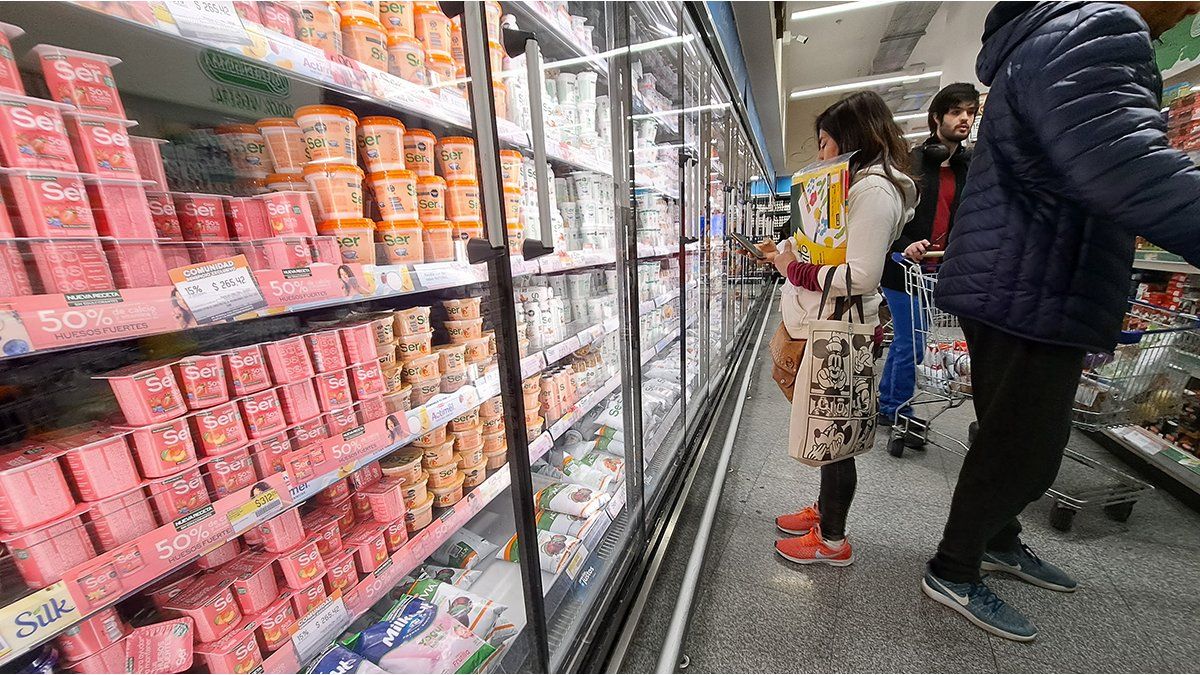Compared to the previous month, the prices that registered the greatest increase were those in the education category, with an average of 19.5% compared to last month. Furthermore, the item accumulated an increase of 33.5% in the year and 298.6% in the annual variation.
With 11.3%, Health took second place while Food and Beverages positioned itself as the third sector, with a growth of 10.8%. The bottom was marked by clothing, with increases of 3.9% compared to the previous month.
In this way, inflation slowed again for the third consecutive month in Mendoza, after reaching 19.5% in January and 12.2% in February.
Inflation in Neuquén
Neuquén, for its part, also reported that inflation in the province was 10.5% in March compared to February. TO Throughout the year, the CPI grew by 56.4% in the province while the increase is 292% when the comparison is year-on-year.
This is the second consecutive deceleration that the district shows, since in February it had exhibited an index of 13.7% and in January 24.5%.
Graphic.jpg
In the disaggregate it is seen that, as in Mendoza, the largest increases occurred in Education (30.6%), with an interannual variation of 255.7%, and contributed to the general level with 0.56 pp
Regarding this item, the increases in language courses and primary, secondary and university education stood out. For its part, the division that had the greatest contribution at the general level was Food and non-alcoholic beverages, with an incidence of 2.28 pp.
Other sectors that showed significant growth were Clothing and footwear (17.0%); Miscellaneous goods and services (13.2%); Recreation and culture (11.4%) and Health (11.0%). The lowest monthly variations, meanwhile, were recorded in the Home Equipment and Maintenance (6.7%) and Transportation (8.1%) divisions.
Inflation in Córdoba
Almost mirroring the Nation, Cordova showed an increase of 11.01% in the CPI during March. In this way, it accumulates a growth of 54.8% in the year and 288.2% in the interannual comparison.
In the third month of 2024, goods had a monthly variation of 9.25% and services 15.37% in Córdoba territory.
When analyzing point by point, it is observed that Teaching (22.8%) was the sector that reported the largest increases. In second place was Health (15.8%); Transportation and Communications (14.6%); and Recreation (13.5%). Home Equipment and Maintenance (5.7%) occupies the last position.
Graphic.jpg

The provincial administration highlighted that the increases in Food and Beverages occurred mainly due to increases in the average prices of meat and derivatives; dairy and eggs; food and drinks purchased and consumed in restaurants and bars.
Regarding Transportation and Communications, the increases were due to variations in bus ticket prices; fuels and lubricants; and telephone services, items that, in many cases, are part of the chainsaw plan implemented by the libertarian administration and that are an important percentage of the disputes between the provinces and the Casa Rosada.
The increases in health, meanwhile, were driven to a greater extent by the increase in the prices of pharmaceutical products.
In February, the Córdoba CPI had marked 13.3% while in January the index showed 23%.
Inflation in Bahía Blanca
In White Bay, the price increase was 13.5% during the month of March, according to the survey carried out by the Bahía Blanca Regional Center for Economic Studies (CREEBBA). This marked a slowdown from February’s rate, which had been 14.5%.
According to their data, accumulated inflation in the city reached 59.5% while the annual variation amounted to 288.5%.
Graphic.jpg

In this regard, CREEBBA pointed out that the largest increases occurred in the Education category, which registered a growth of 35.6% as a result of variations in formal education (46.7%), other educational services (English courses, computer , among others) with 34.0% and school supplies (7.2%).
Secondly, they indicated, Housing had a variation of 22.0% driven by increases of 72.5% in electricity, 17.9% in housing rental and 13.0% in materials and labor.
Health, meanwhile, with 15.8%, presented increases in prepaid and auxiliary services (24.6%), first aid items (15.5%), medications (13.5%), and doctors and dentists ( 13.2%), while Food and Beverages registered a growth of 13.9%.
Source: Ambito




